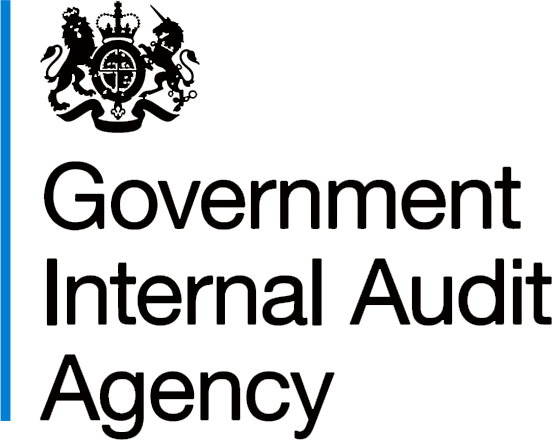Advising a Government Agency on Innovation Through Play
Divergent thinking presentation for the Government Internal Audit Agency
The founder of MundoNovus, Martin Gordon, was invited to speak to the Government Internal Audit Agency on using play to encourage innovation at an event held in Manchester in 2019. Presenting on the topic of Divergent Thinking Martin provided a workshop feel to his presentation to encompass the experiential elements of using play at work.

How to Tap into Divergent Thinking
The topic of divergent thinking can be wide ranging. To really encourage diverse thinking then novel experiences are what is required. The success of divergent thinking is wholly dependent on breaking out of our usual thought patterns and to look at the subject of our thinking in different ways. That way we can use those experiential activities to aid us in thinking more divergently.
After introducing MundoNovus and the topic we used exercises to illustrate some points surrounding the use of, and need for, divergent thinking.
The Methods We Explored
Our Exercises:
- The Duck Challenge – this challenge illustrates the diverse number of ideas within any team and also how we can utilise our thinking process to offer a number of solutions to any given problem.
- Sharing ideas – this exercise shows the power of sharing ideas instead of holding onto them (which is a natural impulse). Sharing ideas within a team exponentially increases the number of opportunities that may result.
- Taking ideas from the plausible to the ridiculous – this way of thinking comes very naturally to some but not to most of us. The great thing about amplifying your idea to the point of ridiculous is that you are more likely to find the sublime within this process. The sublime is what makes a good idea into a great idea or even a game changing idea.
- Dreamers, Builders, Critics – This exercise allows us to wear different hats and is essentially a slimmed down version of Edward De Bono’s Six Thinking Hats. The technique allows us to focus on creating ideas without judging them, moulding the ideas into something workable and then critiquing each idea once it has been allowed a chance to breathe.
- Improv skills – Introducing the idea of “Yes and” allows us to exercise our creative thoughts together and build on ideas which helps our minds to keep going with fresh ideas.
- Almost Brainwriting – for this exercise I split the 50 delegates into 10 teams of 5 members. The initial problem was “Can we afford to run this project?”. The exercise meant that the first person in each group would write something down and pass it to the second in their group. The second person would respond to what the first had written as the new problem, the third would then respond to the second person’s writing as the new problem and so on down the line. My favourite sequence was the group who had the following sequence: Get more money – Rob a bank – Hire a getaway driver – Steal a car – Avoid the police. That was a team that had embraced taking the idea to the ridiculous level.
- The Lotus Blossom Technique – this technique takes some time so we only had a moment to look at when it is useful and how it works without the time to try it out. This is a technique that generates 64 possible solutions to the core problem and is useful in facilitated practice.
- Lego Serious Play – This was introduced to the delegates as a possible method for creating divergent thought using the various application techniques within the method.
This is what the clients said...
Martin was interesting and engaging, providing useful tips and techniques on generating new ideas within our teams. The session was enjoyable and I definitely came away with food for thought
I really enjoyed this workshop especially the activities. It definitely encouraged you not to think in straight lines & that there isn’t just one solution or way of addressing an issue